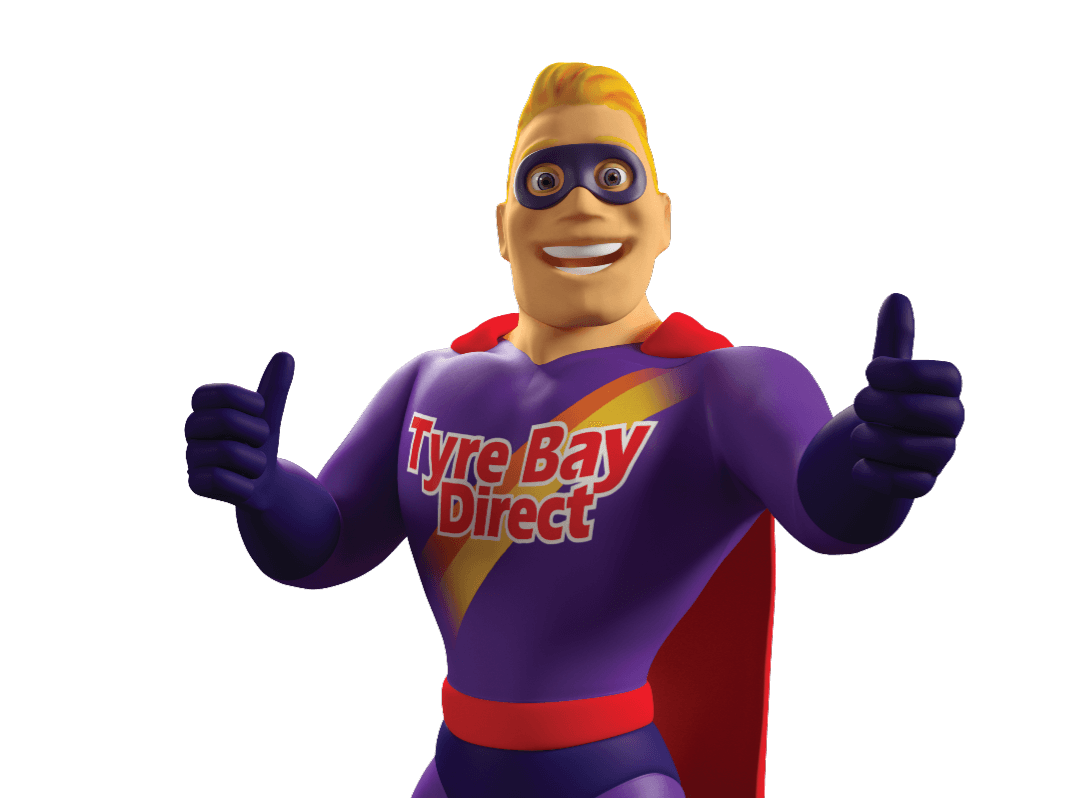Wheel Balancers
Buying Guide: Manual Input Wheel Balancers
New to the world of wheel balancers, or haven’t bought one for a long time? Although the wheel balancers of today still look broadly similar to those of years gone by, technology is advancing rapidly – and there are plenty of exciting brands out there to consider.
To help you find a machine that meets your needs, we’ve put together a handy buying guide covering the different types of manual data input wheel balancers, who they might be suited to and which brands offer them. Without further ado, let’s begin.
Who are manual input balancers suitable for?
Manual data input wheel balancers have been around for decades – they’re the most traditional, tried-and-tested form of balancer out there.
In recent years, technical enhancements have seen the birth of semi-automatic and fully-automatic machines, which automatically detect things like rim diameter, width and offset automatically. These have been a boon for busy garages and tyre shops that are balancing hundreds of wheels a week; the time saved on each job can soon add up in these scenarios, allowing these more expensive machines to pay for themselves in the long run.
But what about garages that only need to balance wheels occasionally? If tyre changing and balancing isn’t your main focus, and you only expect to use the machine infrequently, the reduced cost of a manual input model makes them highly attractive.
Some manual input machines are smaller than their semi-automatic counterparts, too, which makes them perfect for mobile installations.
Hand spin balancers
The most affordable form of manual data input wheel balancer. With these machines, you have to input the wheel data manually (rim diameter, width and offset) and spin the wheel yourself to initiate the balancing sequence.
This may be the most rudimentary form of balancer we stock here at Tyre Bay Direct, but even the entry-level Redback 109 still has three balancing modes, allowing you to get accurate results every time. And because it doesn’t need a hood, it’s remarkably compact – ideal for a mobile installation.
The only real downside to these machines is efficiency. Because you have to do everything manually, you won’t be able to balance wheels as quickly as you can on auto spin balancers.
Auto spin balancers
With these machines, you still have to input the data manually – the process remains the same. However, instead of having to spin the wheel yourself to begin balancing, the built-in motor handles the process automatically. Although these machines are bulkier (often incorporating a protective hood), the time savings they can offer (and the reduced effort required to use them) can make them well worth the extra cost.
Comparing brands
A variety of brands offer manual input wheel balancers, and at Tyre Bay Direct we stock products from two outstanding companies: Redback and Atlas Equipment.
Redback is considered an entry-level brand, although its products have still proven their endurance in garages across the UK. If you don’t expect to use your balancer frequently and only want the essential features, you can’t go wrong with Redback.
Meanwhile, if you’re looking for something more efficient, more durable and more capable, Atlas products are hard to beat. Capable of balancing a wider variety of wheels and with an incredible track record of success both in the UK and in their native USA, Atlas wheel balancers are packed with features and tough as nails! They still represent excellent value, too.
Explore our range of manual input wheel balancers
Hopefully our guide has helped point you in the right direction on your hunt for the perfect balancer. Now you’re done reading, why not explore our full range of wheel balancers? And if you have any questions, don’t hesitate to get in touch with us.

